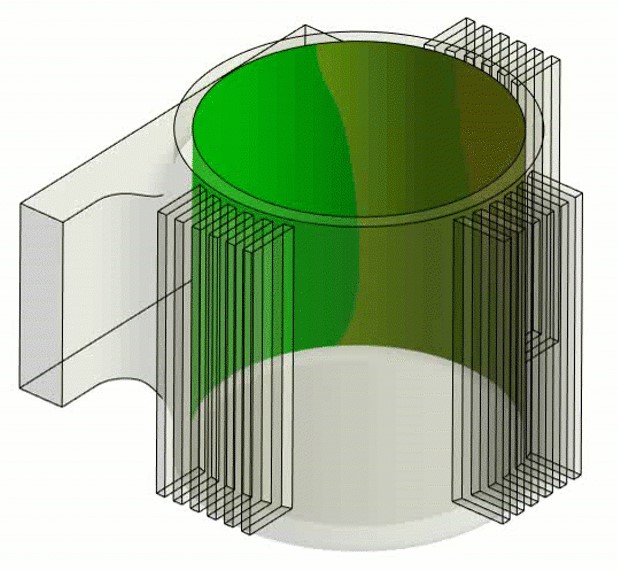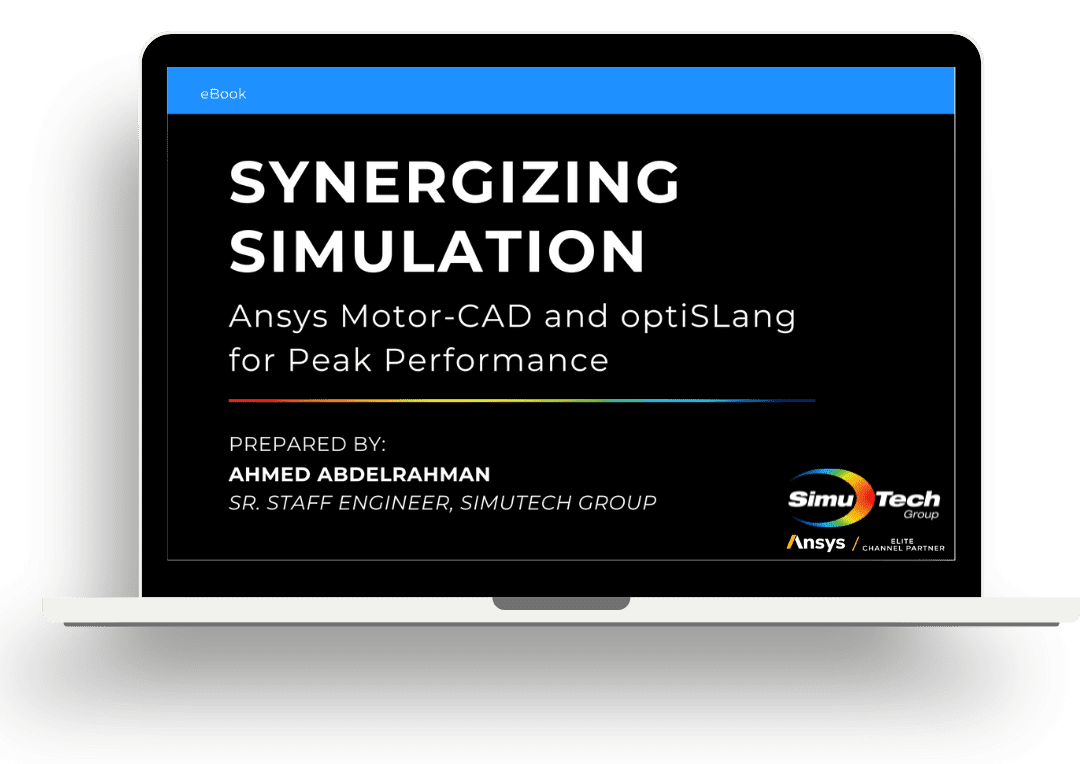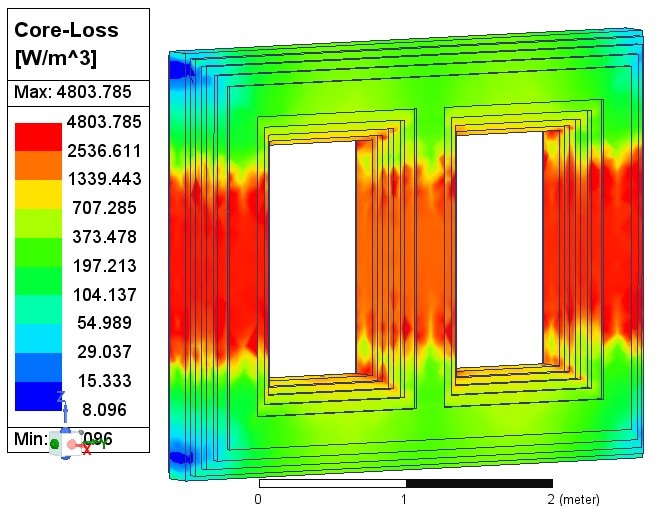Feasibility of an Implantable Bioreactor for Renal Cell Therapy using Silicon Nanopore Membranes
Authors: Eun Jung Kim, Caressa Chen, Rebecca Gologorsky, Ana Santandreu, Alonso Torres, Nathan Wright, Mark S. Goodin*, Jarrett Moyer, Benjamin W. Chui, Charles Blaha, Paul Brakeman, Shant Vartanian, Qizhi Tang, H. David Humes, William H. Fissell, & Shuvo Roy
*SimuTech Contributor
Abstract
The definitive treatment for end-stage renal disease is kidney transplantation, which remains limited by organ availability and post-transplant complications. Alternatively, an implantable bioartificial kidney could address both problems while enhancing the quality and length of patient life. An implantable bioartificial kidney requires a bioreactor containing renal cells to replicate key native cell functions, such as water and solute reabsorption, and metabolic and endocrinologic functions. Here, we report a proof-of-concept implantable bioreactor containing silicon nanopore membranes to offer a level of immunoprotection to human renal epithelial cells. After implantation into pigs without systemic anticoagulation or immunosuppression therapy for 7 days, we show that cells maintain >90% viability and functionality, with normal or elevated transporter gene expression and vitamin D activation. Despite implantation into a xenograft model, we find that cells exhibit minimal damage, and recipient cytokine levels are not suggestive of hyperacute rejection. These initial data confirm the potential feasibility of an implantable bioreactor for renal cell therapy utilizing silicon nanopore membranes.
Read the published Nature Communications article here.
About the SimuTech Contributor
Mark has over 30 years of experience in the biomedical device field applying both CFD in the design of new products, including: rotary blood pumps used for heart support, blood oxygenators/heat exchangers used in open-heart surgery, artificial kidneys, rotational atherectomy devices, cardiac and thermal balloon catheters, and magnetic stem cell separators. Such modeling results can help clinicians to plan their surgical approaches and evaluate a new device’s performance under simulated clinical conditions.
See the full list of Ansys CFD Software capabilities, or contact us today to learn more about how Ansys Simulation Software can help you improve your simulation capability.






